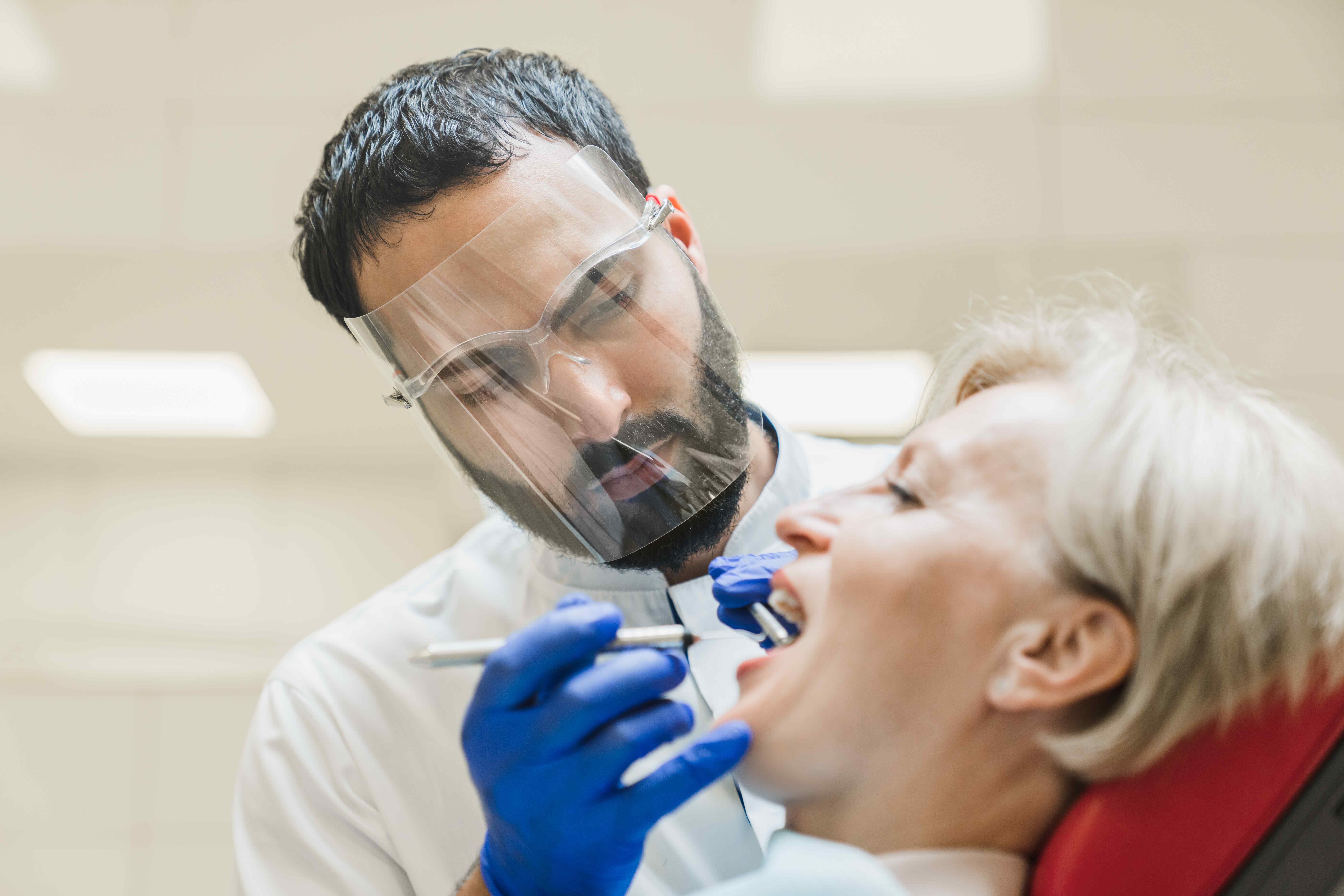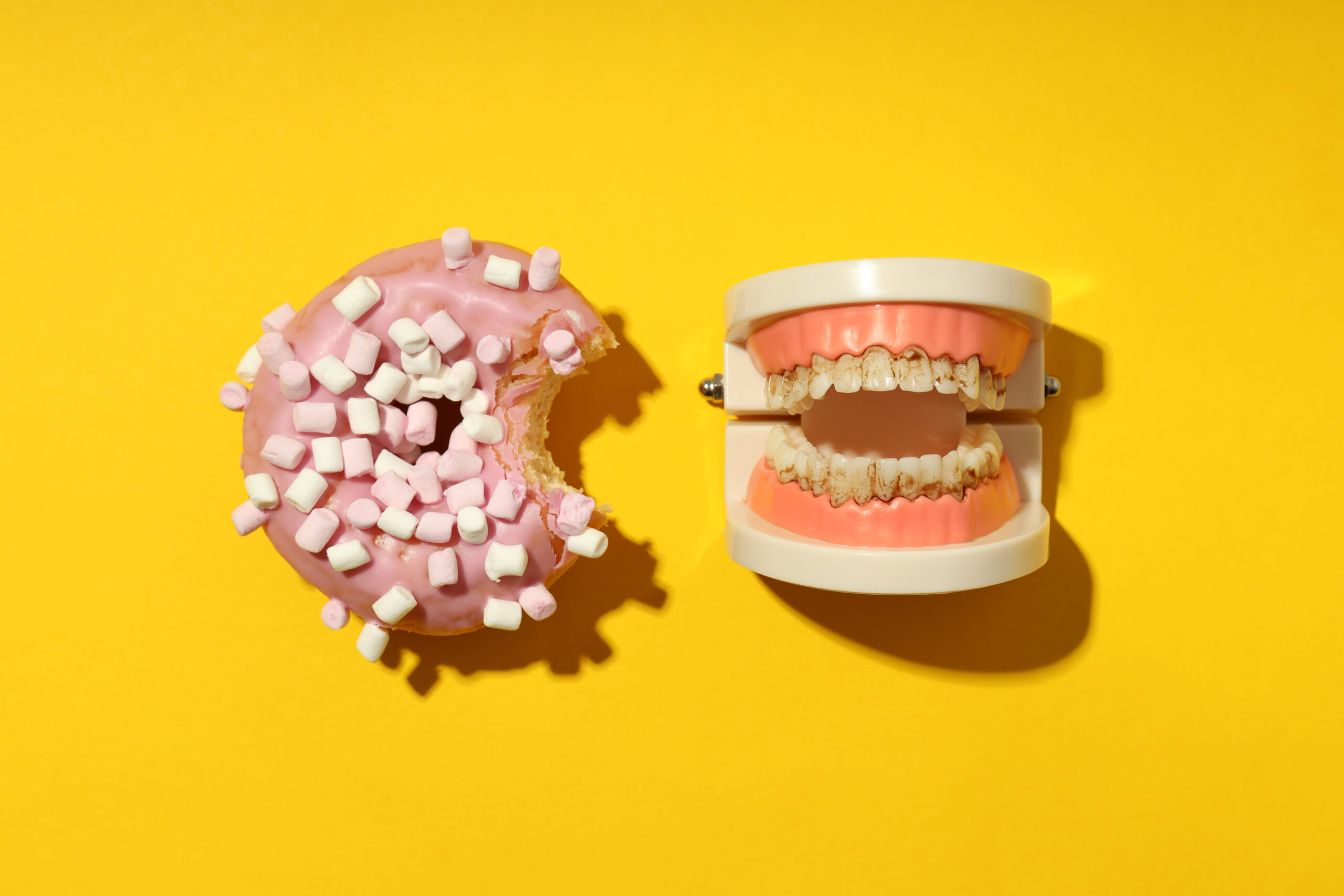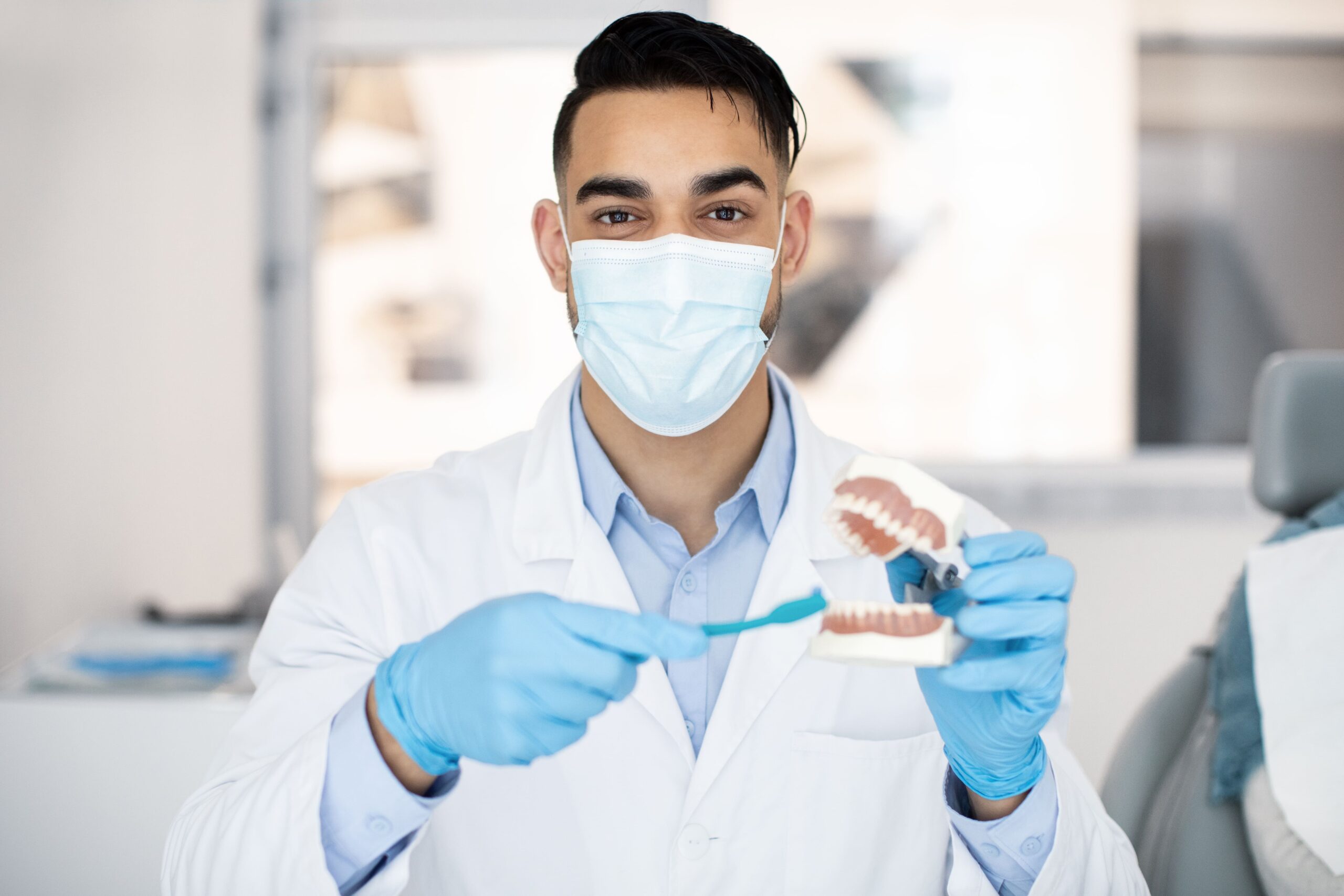Tooth decay is one of the most common chronic health issues worldwide, affecting individuals of…

Protect Your Smile: How CRCID Integrates Oral Cancer Prevention & Dental Implants
A healthy smile is more than just a reflection of good oral hygiene—it can also be an important indicator of your overall health. Among the many health conditions that can be detected early through routine dental visits, oral cancer is one that deserves particular attention.
Many dental practices today are adopting a comprehensive approach to care, integrating oral cancer screenings into their preventive and restorative services. This dual focus not only helps preserve the function and aesthetics of a patient’s smile, but also plays a vital role in early disease detection.
Why Oral Cancer Awareness Should Be Part of Your Dental Routine?
Oral cancer is often referred to as a “silent” condition because it may not present noticeable symptoms in its early stages. The American Cancer Society estimates that more than 50,000 Americans are diagnosed with oral or oropharyngeal cancer each year. Unfortunately, many of these diagnoses happen at later stages when treatment options may be more limited.
Early detection greatly improves outcomes, making regular dental screenings an essential part of maintaining long-term health.
Common Risk Factors for Oral Cancer
While anyone can develop oral cancer, certain factors may increase your risk:
- Tobacco and alcohol use: These are among the most significant contributors to oral cancers.
- Human Papillomavirus (HPV): Certain strains of HPV have been linked to oropharyngeal cancers.
- Excessive sun exposure: Prolonged exposure to sunlight can increase the risk of lip cancer.
- Diet and nutrition: Poor dietary habits may contribute to overall reduced immune function, potentially increasing cancer risk.
- Genetics and family history: A family history of cancer may indicate a higher susceptibility.
Understanding these risk factors allows individuals to make more informed choices about their health and lifestyle. Many dental professionals also take time during consultations to educate patients about these risks and offer guidance on prevention strategies.
How Dental Teams Support Oral Cancer Prevention?
Dentists and hygienists are often the first healthcare providers to detect abnormalities in the mouth, making dental visits a crucial opportunity for early screening. While not a replacement for medical testing, these screenings are an important part of routine oral healthcare.
What Happens During a Screening?
Oral cancer screenings are typically quick and painless. A dental provider visually examines the mouth, lips, tongue, throat, and surrounding tissues for signs of abnormalities. They may also palpate (feel) areas such as the neck and jaw to detect unusual lumps or swellings.
Some Signs That a Dental Professional Might Look for Include
- Red or white patches in the mouth
- Persistent mouth sores that do not heal
- Lumps, thickened tissue, or rough spots
- Pain, tenderness, or numbness in the mouth or lips
- Difficulty chewing, swallowing, or speaking
If any concerns are identified during the exam, the dentist may recommend further testing or refer the patient to a specialist for a more thorough evaluation.
Diagnostic Tools and Technologies
While practices vary in their available tools, some dental providers may use devices such as:
- Fluorescence screening tools, which help highlight abnormal tissue that may not be visible to the naked eye.
- Oral cytology (brush tests) to collect cells from suspicious areas for further analysis.
- Digital imaging, which can assist in identifying hidden changes below the surface of the tissues.
If you’re unsure what methods your provider uses, don’t hesitate to ask during your visit. They can walk you through their screening process and explain how they detect early signs of concern.
The Connection Between Restorative Dentistry and Oral Cancer Care
In addition to screening, restorative dentistry plays an important role in supporting the needs of patients who may be recovering from cancer treatment or managing ongoing oral health issues related to their diagnosis.
Cancer treatments such as chemotherapy and radiation can affect the mouth in a number of ways. Dry mouth, weakened enamel, mouth sores, and even tooth loss are common side effects. Dental professionals are often part of the care team, helping patients manage these complications and restore both function and appearance.
Restorative Options for Post-Treatment Care
For patients who have experienced tooth loss due to cancer or its treatment, restorative options such as dental implants, bridges, or dentures can improve comfort and confidence. Many dental practices offer biocompatible materials to support healing and long-term health.
Other Treatments May Include
- Custom crowns and veneers to strengthen weakened teeth
- Fluoride applications or prescription rinses to manage dry mouth and reduce decay risk
- Full-mouth reconstruction for patients with extensive damage
Dentists often work in collaboration with oncologists and other medical professionals to ensure a safe, coordinated treatment plan tailored to the patient’s individual health history and goals.
The Importance of Ongoing Dental Visits for All Patients
Even for individuals without a history of cancer, maintaining regular dental visits is a cornerstone of preventive care. These checkups allow dental teams to monitor changes in the mouth over time, identify concerns early, and deliver timely interventions.
For most adults, it is recommended to visit the dentist at least twice a year for cleanings and comprehensive exams. Individuals at higher risk for oral health issues—including those with a history of tobacco use, HPV, or previous cancer diagnoses—may require more frequent monitoring.
By maintaining consistent dental care, patients can take an active role in preserving not only their smile but also their overall health.
Empowering Patients Through Education and Prevention
One of the most impactful aspects of modern dentistry is its focus on patient education. Helping individuals understand the importance of early detection and the signs to look out for encourages proactive care and fosters a stronger patient-provider relationship.
Some Tips to Lower Your Oral Cancer Risk Include
- Avoiding all forms of tobacco
- Moderating alcohol intake
- Using SPF lip balm to protect against sun exposure
- Practicing good oral hygiene and maintaining a balanced diet
- Visiting your dentist regularly and keeping them informed of any changes in your mouth
It’s also important to self-examine your mouth periodically and report anything unusual to your healthcare provider. A small sore or patch that persists for more than two weeks should not be ignored.
Final Thoughts: Take the Next Step in Safeguarding Your Health
Oral cancer prevention and restorative care are deeply connected. Dental professionals are uniquely positioned to identify early warning signs of disease while also offering treatments that restore and protect your smile. Whether you’re seeking routine dental care, managing complex oral health needs, or recovering from a medical condition, a trusted dental team can provide valuable support at every stage.
If you haven’t had an oral cancer screening recently, consider scheduling an exam during your next dental visit. Prevention begins with awareness—and sometimes, that awareness starts in the dental chair.
Taking the Next Step: Schedule Your Screening Today
Your oral health is a window to your overall well-being. Don’t wait for symptoms to appear—be proactive in your care. At CRCID, we make it easy for you to integrate oral cancer prevention into your regular dental routine while benefiting from state-of-the-art restorative treatments.
If you’re due for a dental checkup or want to learn more about how dental implants and restorative care can complement your oral health, schedule an appointment today.
Visit us at CRCID | Book your screening online | Call us to prioritize your health!


